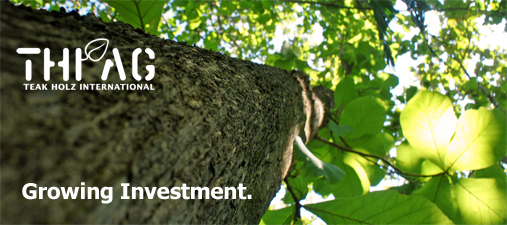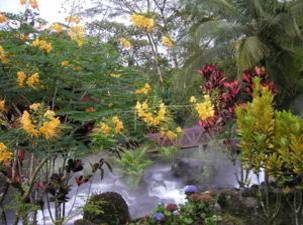Cultivation and care
Cultivation and care comprise:
- Preparing the soil for planting and improving growth
- Care of the seedlings and young plants
- Pruning and fertilisation
The plantation areas acquired had previously been used as cattle pasture. Apart from the quebradas (natural streams protected by nature protection legislation), the shrubbery and natural undergrowth is removed manually, which, while involving higher personnel costs, nevertheless benefits the soil and is the most valuable way of preparing the soil from an ecological point of view.
Care of the seedlings and young plants involves:
- Regulating the secondary forest growth: Secondary forest growth (secondary flora) is the term used to refer to all the forest plants that do not serve the aims of production (mostly the obtaining of timber) and that might hinder the growth of the forest wood (such as grasses, ferns, shrubbery, bushes, certain types of trees). Each case must be examined closely to determine whether the secondary flora’s effects are mainly positive, negative or neutral.
- Regulation of the secondary growth can in particular be carried out
- Biologically: cultivation of specific undergrowth
- Mechanically: mulching, targeted fertilisation
- Pruning the teak plants
A further criterion for intensive cultivation is pruning. By testing a number of alternatives on existing plantations over the last few years, the best approach has been determined and is now applied to all plantations. It is particularly important for timber quality (freedom from knots) and trunk growth that branches are removed up to a height of 8 metres. This process is repeated several times up to the harvest.
- Fertilisation: enrichment of the soils with nutrients and the addition of missing nutrients by means of plantbased measures and the controlled application of deposit fertiliser in order to ensure sustained growth.







